Introduction
Curious about how electronic devices work?
It all starts with understanding the basic building blocks – electronic components. This beginner-friendly guide walks you through a complete electronic components list, including their types, functions, and real-world applications.
Whether you’re a student, hobbyist, or someone looking to get into electronics, this article will make it easy to grasp the electronic components basics and start experimenting with confidence.
What Are Basic Electronic Components?
Basic electronic components are the tiny building blocks that make up every electronic circuit. They work together to control, store, or amplify electricity, enabling devices like smartphones, TVs, and even simple LED flashlights to function.
At their core, electronic components are divided into two main categories: active components and passive components.
- Active components, like transistors and diodes, can control the flow of electricity and even amplify signals.
- Passive components, like resistors and capacitors, do not generate energy but manage or store electrical energy within a circuit.
Understanding these categories is crucial for anyone stepping into the world of electronics. Below is a detailed electronic components list to guide beginners:
- Resistors: Control the flow of current.
- Capacitors: Store and release electrical energy.
- Diodes: Allow current to flow in only one direction.
- Transistors: Amplify or switch electronic signals.
- Inductors: Store energy in a magnetic field.
- Integrated Circuits (ICs): Pack multiple components into a single chip for complex functions.
Each of these components plays a unique and vital role in creating functional circuits. Learning about their types, symbols, and applications is the first step toward mastering electronics.
Types of Basic Electronic Components
Understanding the types of basic electronic components is essential for building any circuit. Here’s a quick overview of the most common components, their functions, and their symbols.
1. Resistors
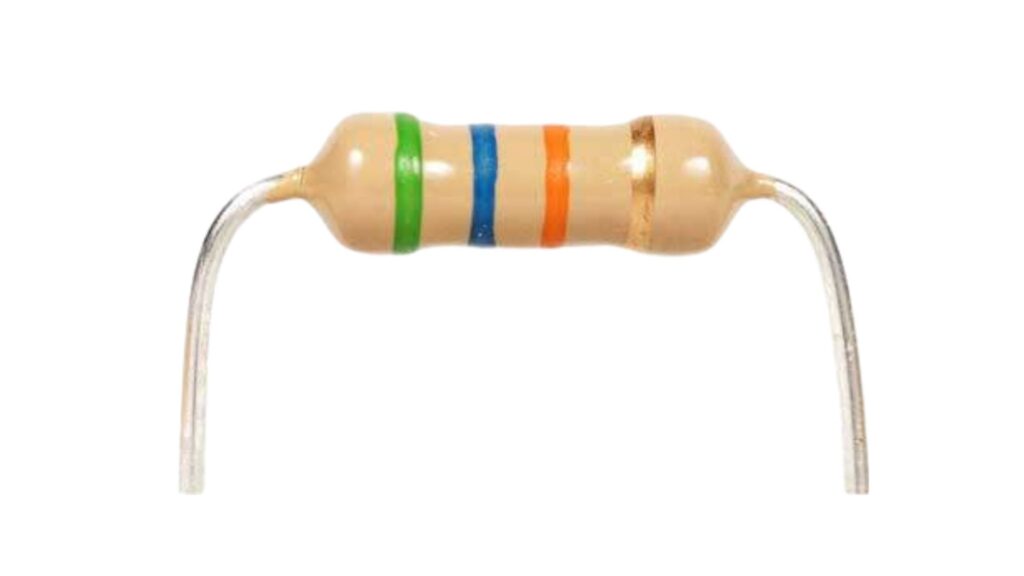
- Function: Resistors control the flow of electrical current in a circuit. Think of them as traffic cops—they reduce or regulate current so components don’t get overloaded.
- Common Use: Used everywhere—from LED circuits to computers—to prevent excess current from damaging parts.
Want to learn more? Dive deeper into how resistors work, how to read resistor color codes, and explore practical tips in our full guide: Introduction to Resistors: A Beginner’s Guide
2. Capacitors
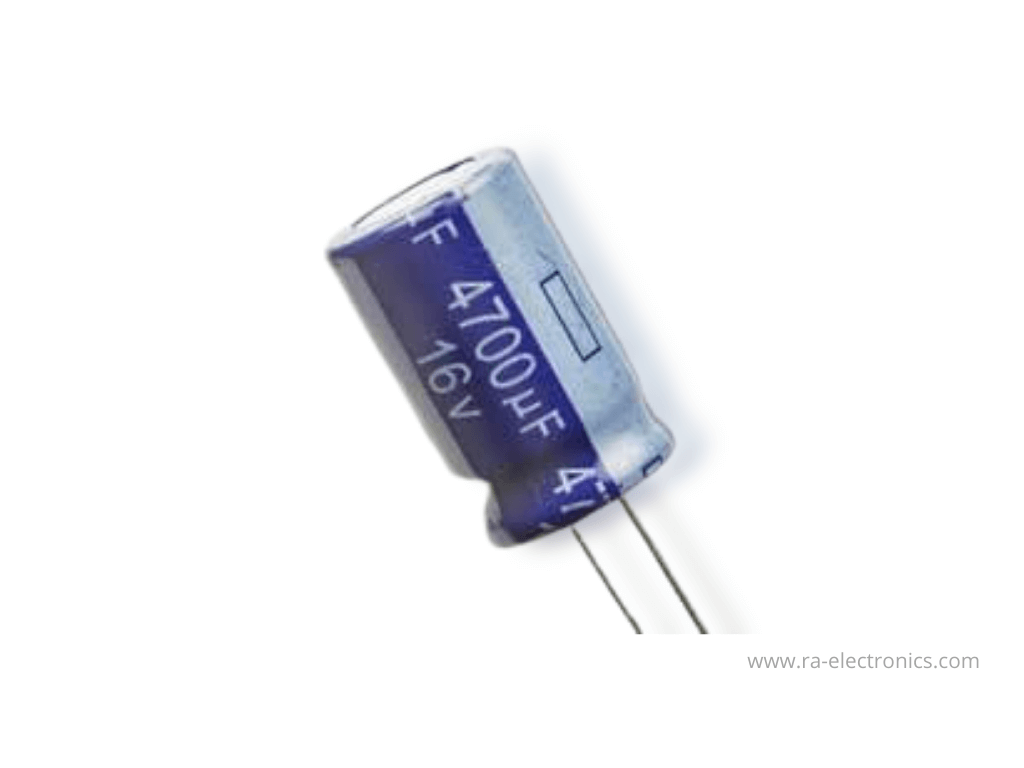
- Function: Capacitors store and release electrical energy. They’re like tiny rechargeable batteries that charge quickly and discharge when needed.
- Common Use: Filtering power supply noise, smoothing voltage in power adapters, and energy storage in flash cameras.
Want to get the full scoop on capacitors? Check out our detailed breakdown, including working principles and real-world projects here: Capacitor – The Beginner’s Guide
3. Diodes

- Function: Diodes allow current to flow in only one direction. They protect circuits by blocking reverse current.
- Common Use: Found in power supplies, LED lights (LEDs are diodes), and solar panels.
4. Transistors
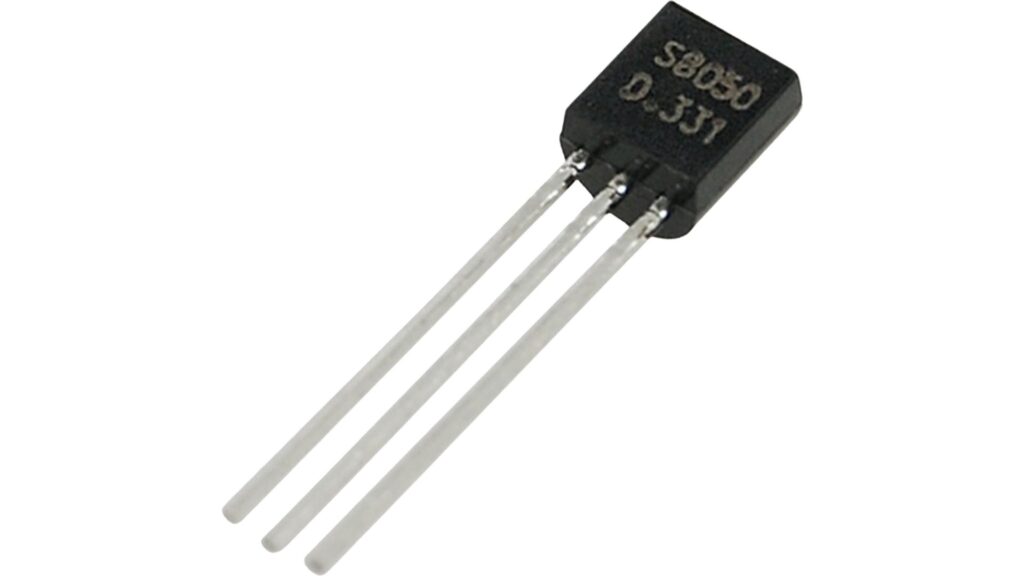
- Function: Transistors act as switches or amplifiers. They can turn signals on/off or increase their strength.
- Common Use: Vital in all modern electronics, especially in microprocessors and amplifiers.
Want a beginner-friendly explanation of how transistors work? Don’t miss our dedicated guide here: How Transistors Work – A Basic Explanation
5. Inductors
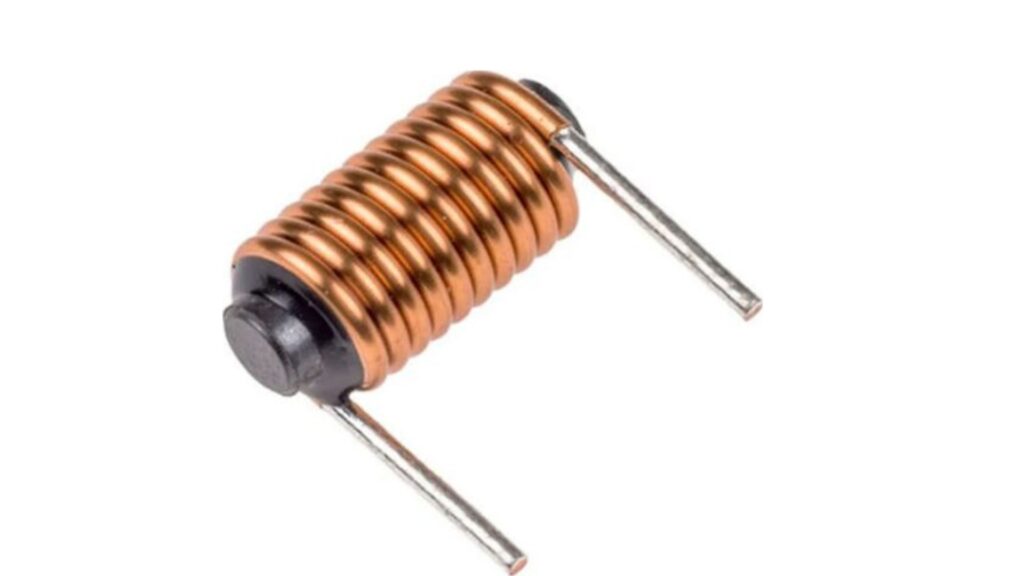
- Function: Inductors store energy in a magnetic field when current flows through them. They resist changes in current.
- Common Use: Used in filters, transformers, and tuning circuits like radios.
Want to understand inductors in simple terms? Explore our beginner guide packed with examples: What is an Inductor and How It Works
6. Integrated Circuits (ICs)
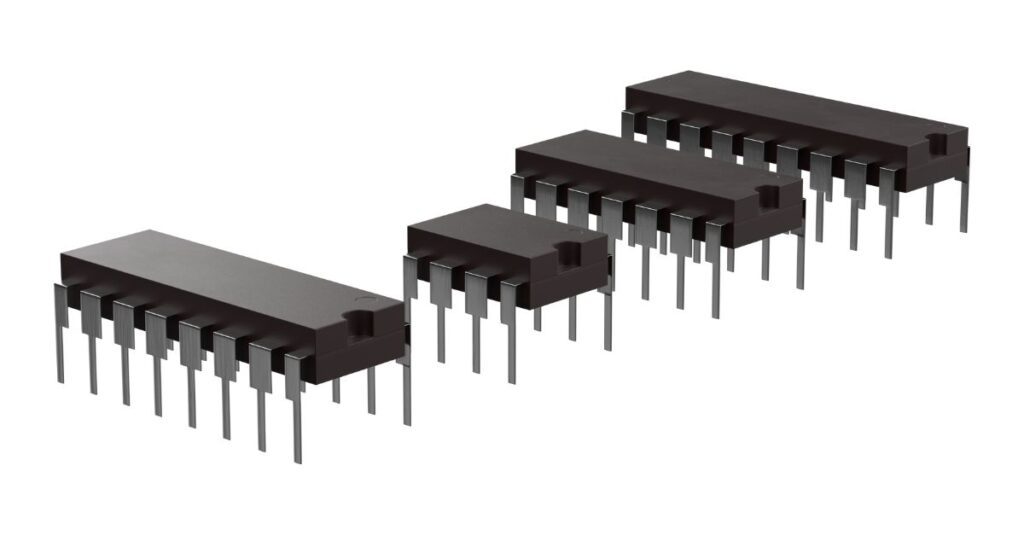
- Function: ICs are compact circuits made of many transistors, resistors, and capacitors all in one chip.
- Common Use: Found in everything from smartphones to home appliances. They’re the brains of most electronic systems.
By understanding these basic electronic components with symbols and their roles, you can start creating functional circuits.
Summary Table: Components and Their Functions
| Component | Function | Example Use |
| Resistors | Reduce/control current flow | LED brightness control |
| Capacitors | Store and release energy | Voltage smoothing in power supplies |
| Diodes | Allow current to flow in one direction | AC to DC conversion |
| Transistors | Amplify or switch electronic signals | Amplifiers, logic circuits |
| Inductors | Store energy in a magnetic field | Noise filtering in circuits |
| Integrated Circuits | Perform complex operations in a single chip | Microcontrollers, processors |
How to Use Basic Electronic Components
Learning how to use basic electronic components in practical applications is the key to starting your electronics journey. Let’s look at two simple examples: using a resistor in a circuit and testing a diode with a multimeter.
Example 1: How to Use a Resistor in a Circuit
Step 1: Identify the required resistance value.
- Use the resistor’s color bands to determine its value (e.g., 1kΩ).
Step 2: Connect the resistor in series with an LED.
- Resistors protect LEDs by limiting the current to prevent damage.
Step 3: Power the circuit.
- Use a 9V battery to power your circuit. The resistor reduces the current flowing through the LED, allowing it to glow safely.
Practical Application:
- Adjusting the brightness of an LED or limiting current in any low-power circuit.
Example 2: How to Test a Diode Using a Multimeter
Step 1: Set the multimeter to diode mode.
- Look for the diode symbol (triangle pointing to a line) on the multimeter.
Step 2: Connect the multimeter probes to the diode.
- Connect the red probe to the anode (positive) and the black probe to the cathode (negative).
Step 3: Check the readings.
- A forward-biased diode should show a voltage drop (around 0.7V for silicon diodes).
- Reverse the probes to test reverse bias. No current should flow, and the multimeter should display “OL” (open loop).
Practical Application:
- Ensuring the diode functions correctly before installing it in a circuit, such as in rectifiers or LED circuits.

Tools You Need to Work with Basic Electronic Components
Before diving into building circuits, it’s essential to have the right tools. These tools will help you work efficiently and safely with basic electronic components. Here’s a quick guide to the must-have items for beginners.
Essential Tools for Beginners
1. Multimeter
- Purpose: Measure voltage, current, resistance, and test components like diodes and capacitors.
- Why You Need It: A multimeter is your go-to tool for troubleshooting and testing circuits.
2. Soldering Kit
- Includes: Soldering iron, solder wire, and desoldering pump.
- Purpose: Create permanent connections between components on a circuit board.
- Why You Need It: Soldering is essential for building reliable circuits that stay intact.
3. Breadboard
- Purpose: Assemble circuits without soldering.
- Why You Need It: Perfect for experimenting with different configurations and learning how circuits work.
If you’re new to this, check out our Beginner’s Guide to Integrating Components on a Breadboard.
4. Wire Cutters and Strippers
- Purpose: Cut and strip wires to the required length for connecting components.
- Why You Need It: Ensures clean and precise connections in your circuits.
5. Power Supply or Batteries
- Purpose: Provide the necessary voltage and current for your circuits.
- Why You Need It: A stable power source is crucial for testing and operating circuits.
Bonus Tools for Advanced Learning
- Oscilloscope: Visualize electrical signals in a circuit.
- Component Tester: Quickly identify the properties of unknown components.
Start with an Electronic Components Tutorial
Using these tools alongside a comprehensive electronic components tutorial will make it easier to learn and practice. Begin with simple projects, like lighting an LED or testing a diode, and gradually explore more complex circuits.
As you work with more circuits, keeping your basic electronic components organized will save time and reduce frustration. Use small labeled containers or a component organizer to sort resistors, capacitors, diodes, and other parts by type and value. This not only helps you quickly find what you need but also ensures you don’t accidentally mix up similar-looking components, like different resistor values.
Conclusion
Mastering basic electronic components is the foundation for creating innovative circuits and understanding how electronic devices work. By learning about resistors, capacitors, diodes, and other essential components, you’re equipped to build and troubleshoot simple circuits confidently.
As you continue practicing, explore more advanced topics like integrated circuits, microcontrollers, and complex circuit designs to take your skills to the next level.